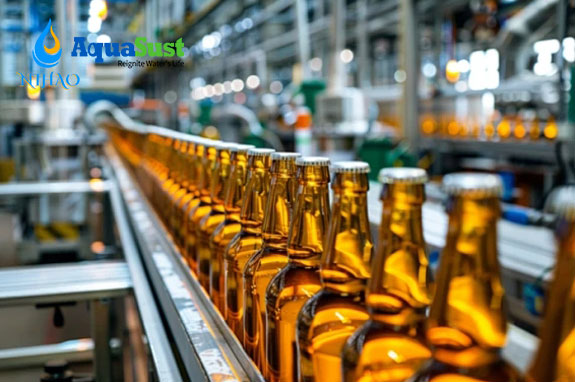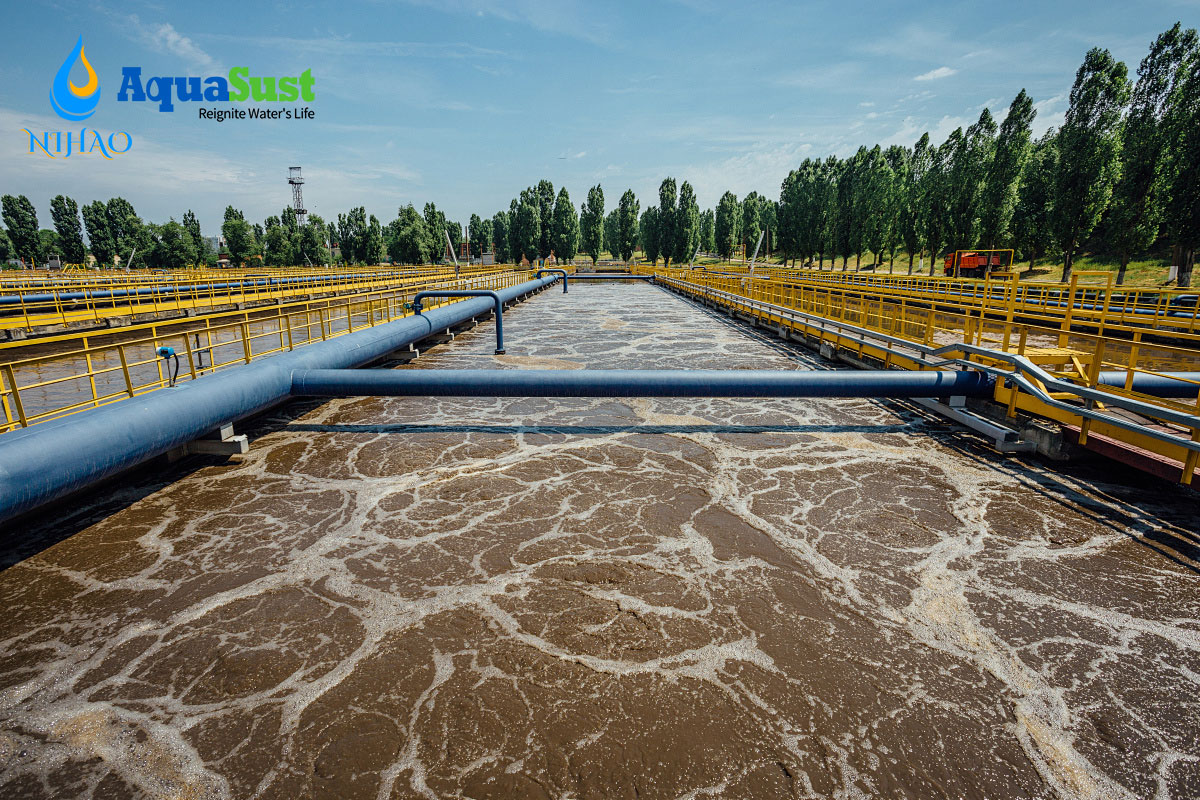 +86-15267462807
+86-15267462807

1. Condition of the EPDM Membranes:
If all the EPDM membranes are found to be in poor condition, this could significantly impact the aeration efficiency. Membrane deterioration or fouling can lead to reduced oxygen transfer rates and uneven aeration, which in turn can cause inadequate treatment of the effluent.
Recommendations:
1)Inspect and Diagnose: A thorough inspection of the membranes is necessary to determine the exact cause of the deterioration. Factors such as chemical compatibility, exposure to high temperatures, or mechanical wear could be contributing to the damage.Conduct a thorough inspection of all EPDM membranes to assess the extent of the damage or fouling. Depending on the condition, they may require cleaning or complete replacement.
2)Material Suitability: Review the suitability of EPDM membranes for your specific wastewater characteristics. If the brewery effluent contains chemicals or compounds that are not compatible with EPDM, it might be necessary to consider alternative materials that are more resistant to such conditions.
3)Operational Adjustments: Evaluate the operational parameters of the aeration system, such as airflow rates and cleaning procedures, to ensure they are optimized for the membrane type and wastewater characteristics.
4)Regular Monitoring: Implement a regular maintenance schedule for membrane cleaning to prevent fouling and extend the life of the membranes. This should include periodic checks to ensure that the membranes are operating at optimal performance levels.
2. Suitability of Fine Bubble Membranes for Brewery Effluent:

Fine bubble diffusers are commonly used in wastewater treatment for their high oxygen transfer efficiency and energy efficiency.
However, their performance can be influenced by the specific characteristics of brewery effluent, which typically has a high organic load and may contain substances like alcohol, sugars, and yeast that can impact membrane performance.Whether they meet the effluent requirements for a brewery depends on several factors:

3.Possible Causes:
1)Insufficient Oxygen Transfer Efficiency (OTE): Even though the membranes are aerating, the oxygen transfer to the water might not be adequate due to factors like membrane fouling, suboptimal diffuser placement, or insufficient airflow rates. This would mean that, while oxygen is being introduced, it is not effectively dissolving into the water.
2)Brewery effluent's high organic content increases the oxygen demand in the treatment process. Fine bubble diffusers can meet this demand if the system is correctly sized and configured, but it's crucial to ensure that the membranes can handle potential fouling from organic particles.
3)High Organic Load: Given that the client is a brewery, the wastewater could have a high organic load. This could lead to rapid consumption of dissolved oxygen by the microbes in the lagoon, resulting in low or zero DO levels in the effluent.
4)Short-Circuiting: The lagoon may have flow patterns that cause short-circuiting, where water flows directly from the inlet to the outlet without sufficient residence time for aeration, leading to inadequate oxygen levels in the final effluent.
5)Aeration System Design: The success of using fine bubble diffusers also depends on the design and operation of the aeration system. The placement of diffusers, air flow rates, and retention time in the lagoon all play critical roles in ensuring adequate treatment.
6)Compliance with Effluent Standards: It’s crucial to verify that the fine bubble diffusers are capable of achieving the required effluent standards for dissolved oxygen, BOD, and COD levels specific to your brewery's discharge requirements.
7)Membrane Maintenance: Fine bubble membranes require regular maintenance to prevent fouling and ensure efficient oxygen transfer. If maintenance practices are not sufficient, the membranes can become clogged, reducing their effectiveness.

4.Recommendations:
1)Assess Oxygen Transfer: Conduct an oxygen transfer efficiency test to measure the actual oxygen transfer rate in the lagoon. This will help determine if the current aeration setup is capable of providing sufficient oxygen to meet the demands of the biological processes and maintain adequate DO levels.
I recommend conducting a performance assessment of the current aeration system to determine if the fine bubble membranes are appropriate for your brewery’s effluent characteristics. This will help identify any potential adjustments needed to improve performance.
2)Material Review: Based on the assessment, we may need to explore alternative membrane materials or diffuser types that are better suited for the specific conditions of your wastewater.
3)Optimize Aeration System: Review the design and placement of the diffusers to ensure optimal oxygen distribution throughout the lagoon. This may involve adjusting the diffuser layout, increasing the air supply, or cleaning/replacing membranes to enhance performance.
4)Evaluate Organic Loading: Perform a detailed analysis of the influent wastewater characteristics, especially the organic load. This will help in understanding the oxygen demand and adjusting the aeration rate accordingly.
5)Investigate Hydraulic Patterns: Analyze the flow patterns within the lagoon to identify and correct any short-circuiting or dead zones. Modifying the inlet and outlet structures or adding baffles could improve the overall hydraulic retention time and oxygen distribution.